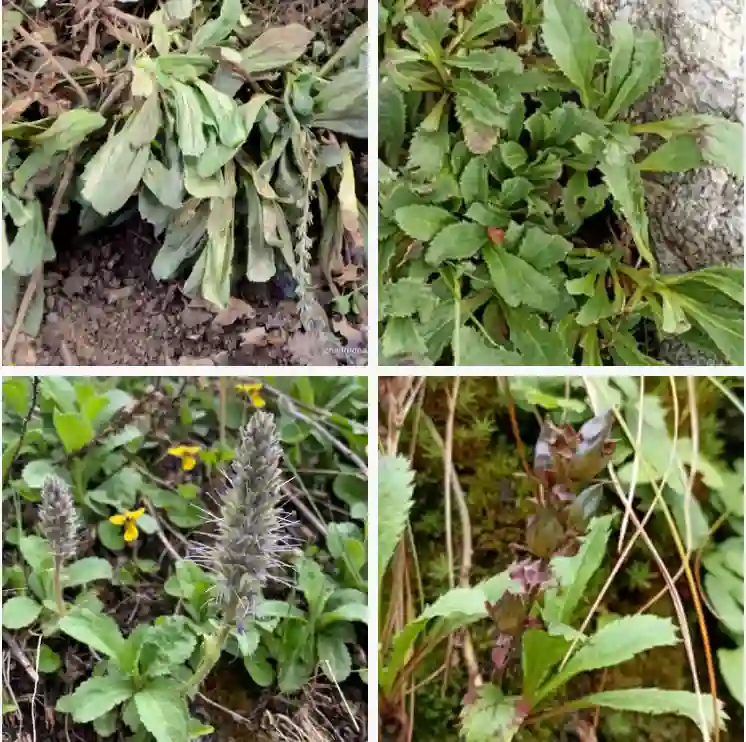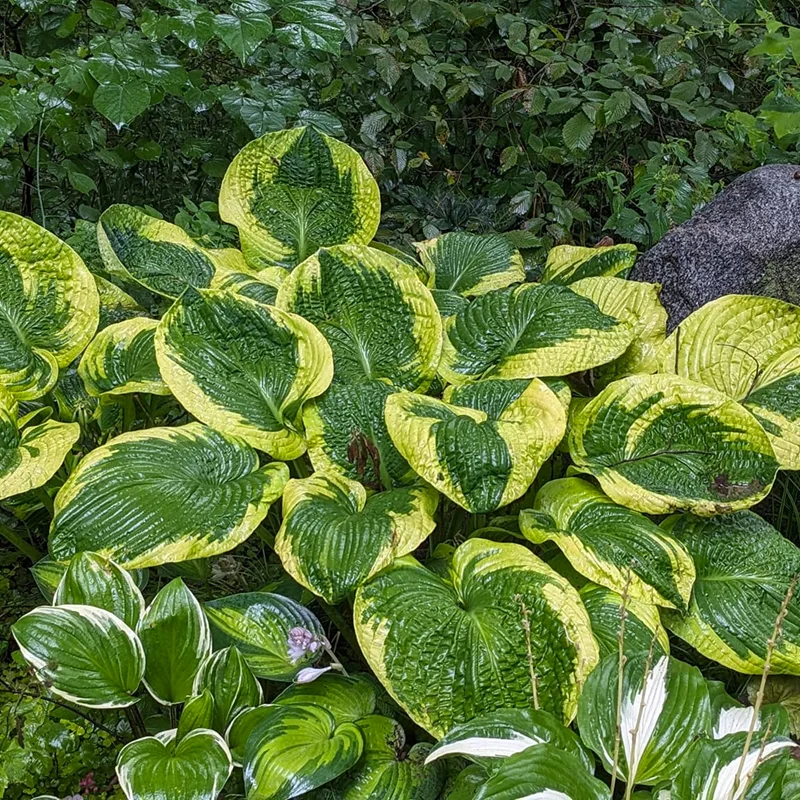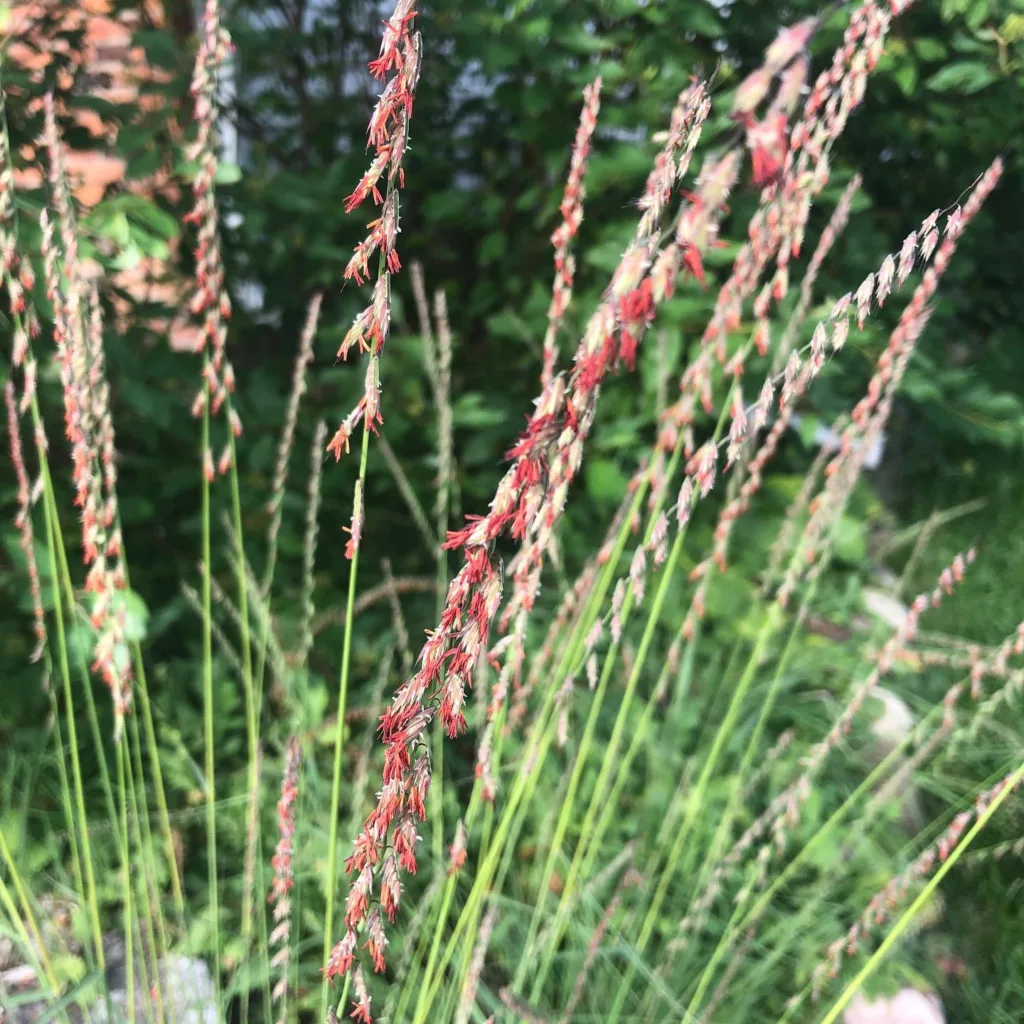FAQs About Lepechinia Hastata: My Personal Insights
I’ve spent quite a bit of time with Lepechinia Hastata, and I’ve gathered a lot of useful information about this fascinating plant. Here’s a comprehensive guide based on my experiences and insights into its care, propagation, and more.
What Is Lepechinia Hastata?
Lepechinia Hastata is a unique succulent native to the deserts of Mexico. Known for its distinctive triangular leaves and striking appearance, it’s part of the Lamiaceae family. This plant is often admired for its unusual, ornamental qualities and resilience to harsh conditions.
Plant Family: 225 Genera in Lamiaceae
How to Care for Lepechinia Hastata?
Taking care of Lepechinia Hastata can be quite rewarding, especially if you follow a few key guidelines.
- Light: Lepechinia Hastata thrives in bright, indirect light. If possible, place it in a spot where it can get plenty of morning sun but avoid the harsh afternoon rays that might scorch its leaves.
- Watering: This plant is drought-tolerant. Water it thoroughly, but only when the soil is completely dry. Overwatering can lead to root rot, a common issue with succulents.
- Soil: Use a well-draining cactus mix or a combination of sand and perlite to ensure good aeration. This helps prevent water from sitting around the roots.
- Temperature: Lepechinia Hastata prefers warm temperatures and can handle a range from 50°F to 85°F. It’s not frost-tolerant, so protect it from cold temperatures.
How to Propagate Lepechinia Hastata?
Propagation is one of the most exciting aspects of growing Lepechinia Hastata. Here’s how you can do it:
- From Seeds: Sow the seeds in a well-draining mix. Keep the soil moist but not soggy. Germination typically takes a few weeks.
- From Cuttings: Take a healthy cutting with a few leaves. Let the cutting dry out for a couple of days to form a callus, then plant it in a soil mix designed for succulents. Keep it in a bright location and water sparingly until new growth appears.
What to Plant With Lepechinia Hastata?
Lepechinia Hastata pairs well with other drought-tolerant plants. I’ve found that it looks great alongside:
- Other Succulents: Plants like Echeveria, Aloe, and Sedum complement its rugged look and thrive under similar conditions.
- Grasses: Ornamental grasses such as Blue Fescue can provide a nice contrast to the plant’s angular leaves.
- Rocks and Gravel: Adding some decorative rocks or gravel around Lepechinia Hastata can enhance its desert-like aesthetic.
Benefits of Growing Lepechinia Hastata
Lepechinia Hastata offers several benefits:
- Low Maintenance: It’s a hardy plant that requires minimal care once established, making it perfect for busy gardeners.
- Unique Aesthetics: Its distinctive appearance can serve as a focal point in your garden or indoor space.
- Air Purification: Like many succulents, it can contribute to cleaner indoor air by filtering out pollutants.
Is Lepechinia Hastata Toxic?
Lepechinia Hastata is non-toxic to pets and humans. It’s safe to have around children and animals, which is always a plus in my book.
Common Problems with Lepechinia Hastata
Even though Lepechinia Hastata is relatively low-maintenance, there are a few issues you might encounter:
- Overwatering: As with many succulents, the most common problem is overwatering. Always let the soil dry out before watering again.
- Pests: Keep an eye out for common pests like mealybugs and aphids. Regularly inspect your plant and use insecticidal soap if needed.
- Sunburn: If the plant is exposed to intense direct sunlight for too long, the leaves might get sunburned. Adjust its position if you notice any discoloration.
Comparing Lepechinia Hastata with Similar Plants
Lepechinia Hastata can sometimes be confused with other succulents due to its unique shape. Here’s a brief comparison with some similar plants:
- Lepechinia Caulescens: Both have triangular leaves, but Lepechinia Caulescens tends to have a more compact growth habit compared to the more spreading Lepechinia Hastata.
- Kalanchoe Thyrsiflora: Known as the “Paddle Plant,” Kalanchoe Thyrsiflora has broader, more rounded leaves, unlike the sharper, triangular leaves of Lepechinia Hastata.
Final Thoughts
Lepechinia Hastata is a fascinating plant that can add a unique touch to your garden or home. Its low maintenance needs and striking appearance make it a standout choice for succulent enthusiasts. By following these care tips and understanding its needs, you can enjoy this plant’s beauty and resilience for years to come.
If i die, water my plants!



